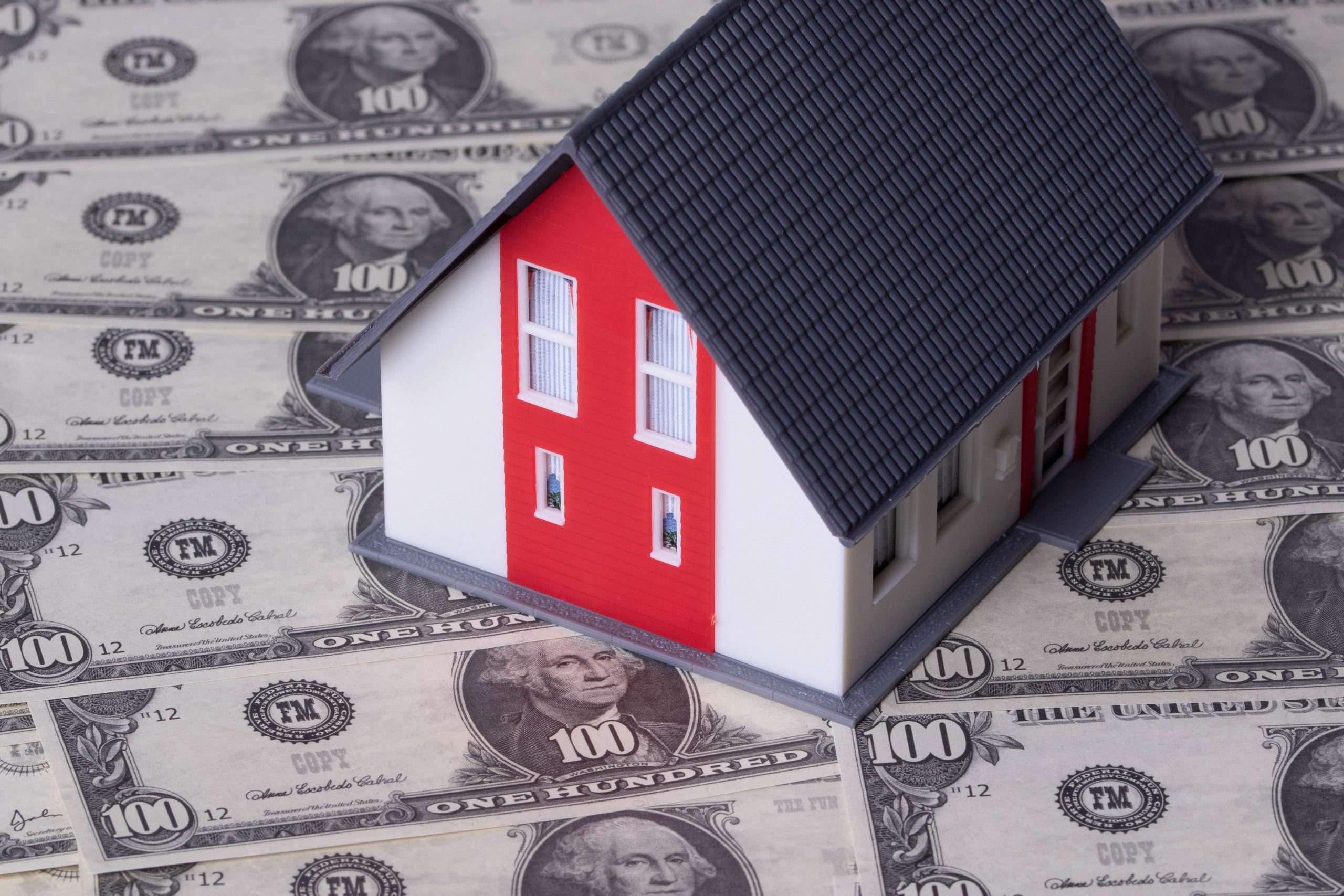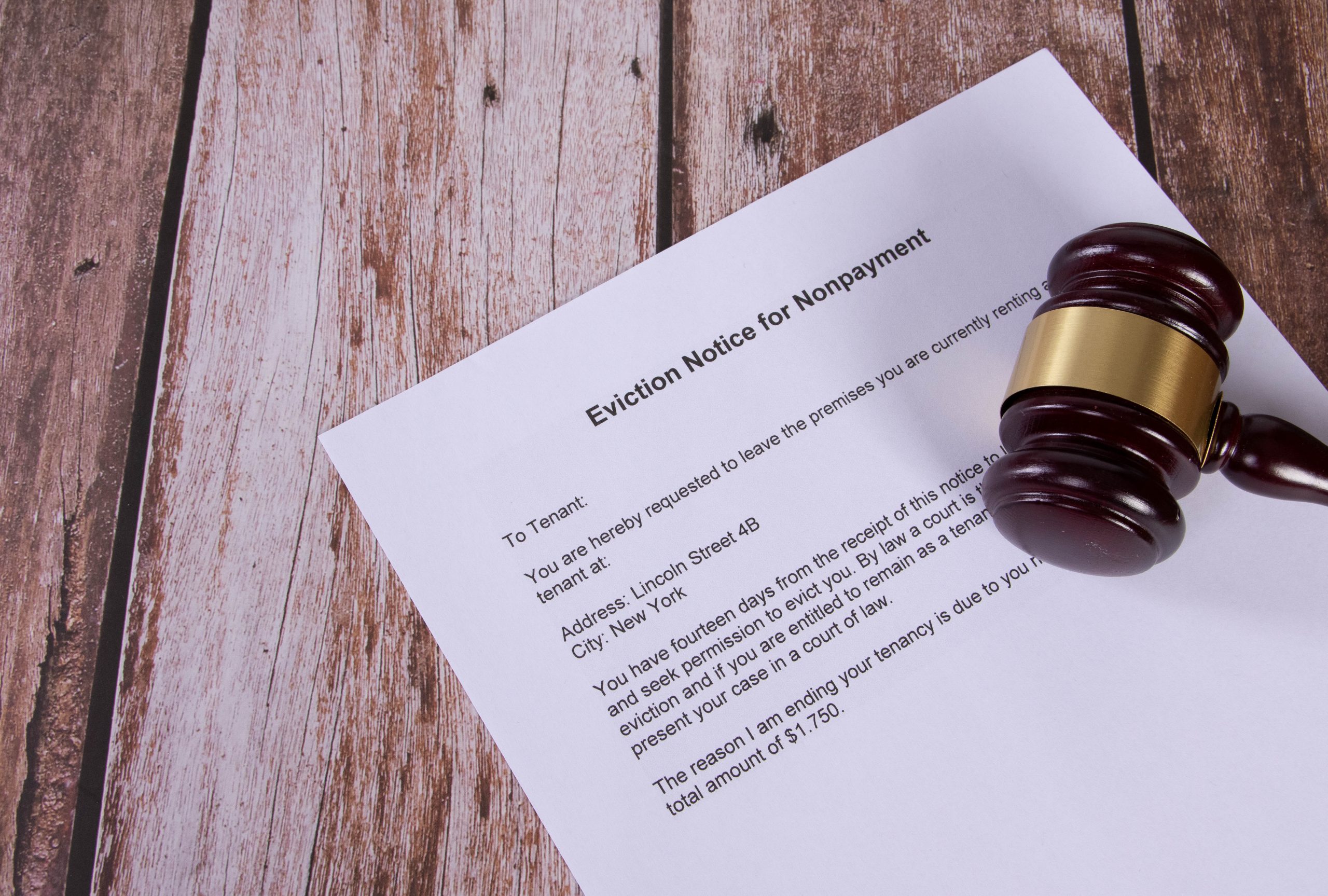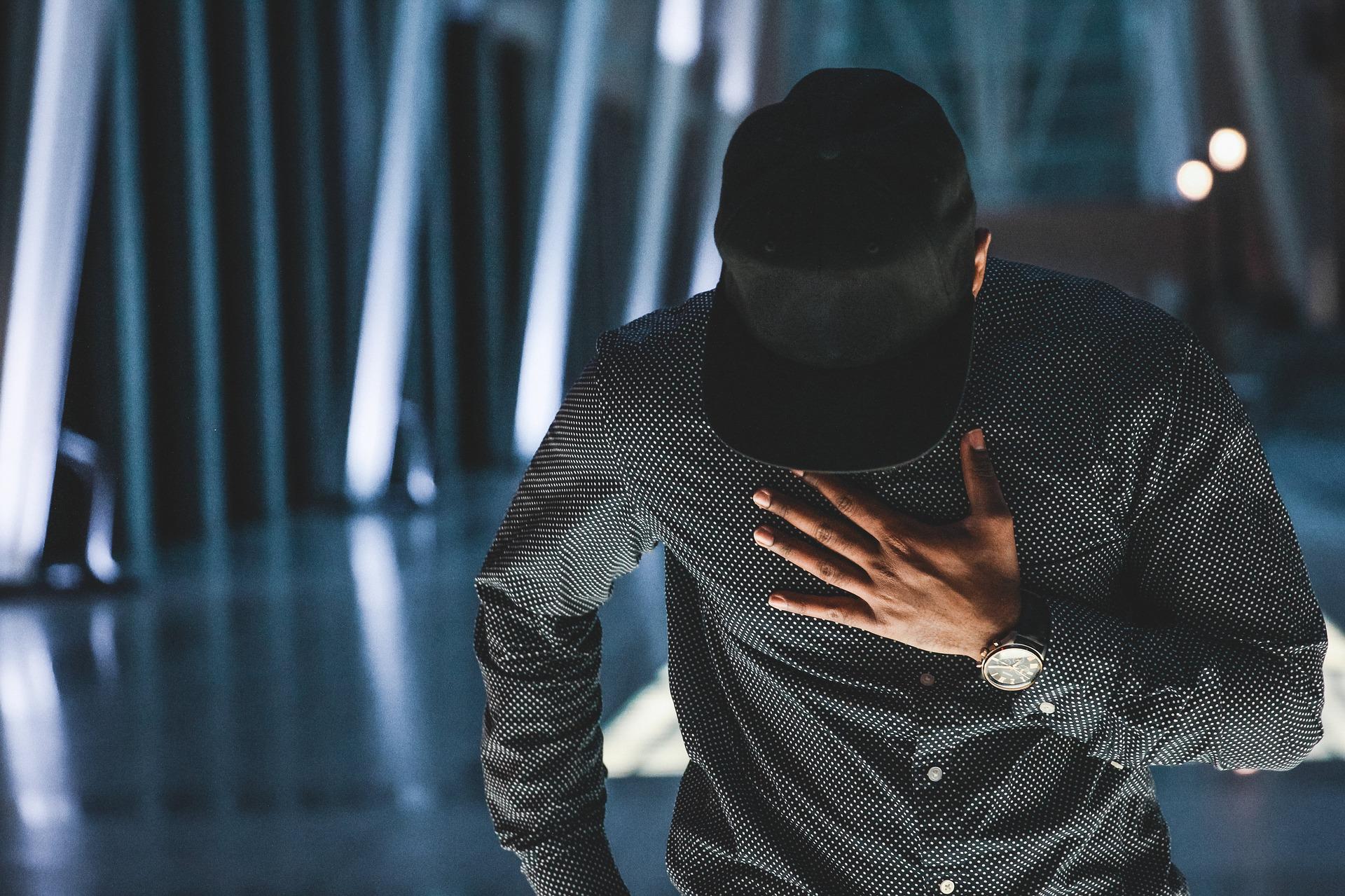
Parents must decide how much “screen time” is okay for their kids and how they are going to control technology use for their families. In new research, Stefanie Mollborn and colleagues examined how higher socioeconomic status (SES) families control their children’s technology use. They were surprised to find that families with higher socioeconomic status don’t set hard limits on technology use. Instead, parents and youth collaborated on setting boundaries around technology.
Millborn and her team conducted 77 interviews with higher SES families. One of their most basic findings is that parents believe there are good and bad ways of using technology. “Good” uses of technology included reading, information gathering, producing content, developing computer skills, and family time like watching tv or a movie together. “Bad” uses of technology included watching TV content individually and playing non-educational video games.
Although parents identified “good” and “bad” uses of technology, they didn’t want to set hard limits on technology. The reason? Because they felt this would not help their children learn how to communicate with adults, a skill that they thought would benefit their children when they speak with adults in power outside of the home.
Instead of setting limits on “bad” technology use, these parents sought to work collaboratively with their children. For instance, when April saw her daughter texting while doing her homework, she didn’t tell her not to do but but instead said: “Use it [technology] when it’s helpful. Have fun with it … but don’t let it consume you.”She then asked her daughter,“How does it feel to be sitting there doing your homework and you ‘get the ding’? Is that distracting? Would you like me to help you with a boundary?”
This study highlights that parents with high socioeconomic status want to communicate about technology with their children, rather than setting hard limits. While parents tried to work collaboratively to set media limits with their children it produced conflict when youth pushed for technology use. Many high-income parents talked about just having to give in to their children at times because of the emotional effort involved in saying “no” so many times.








